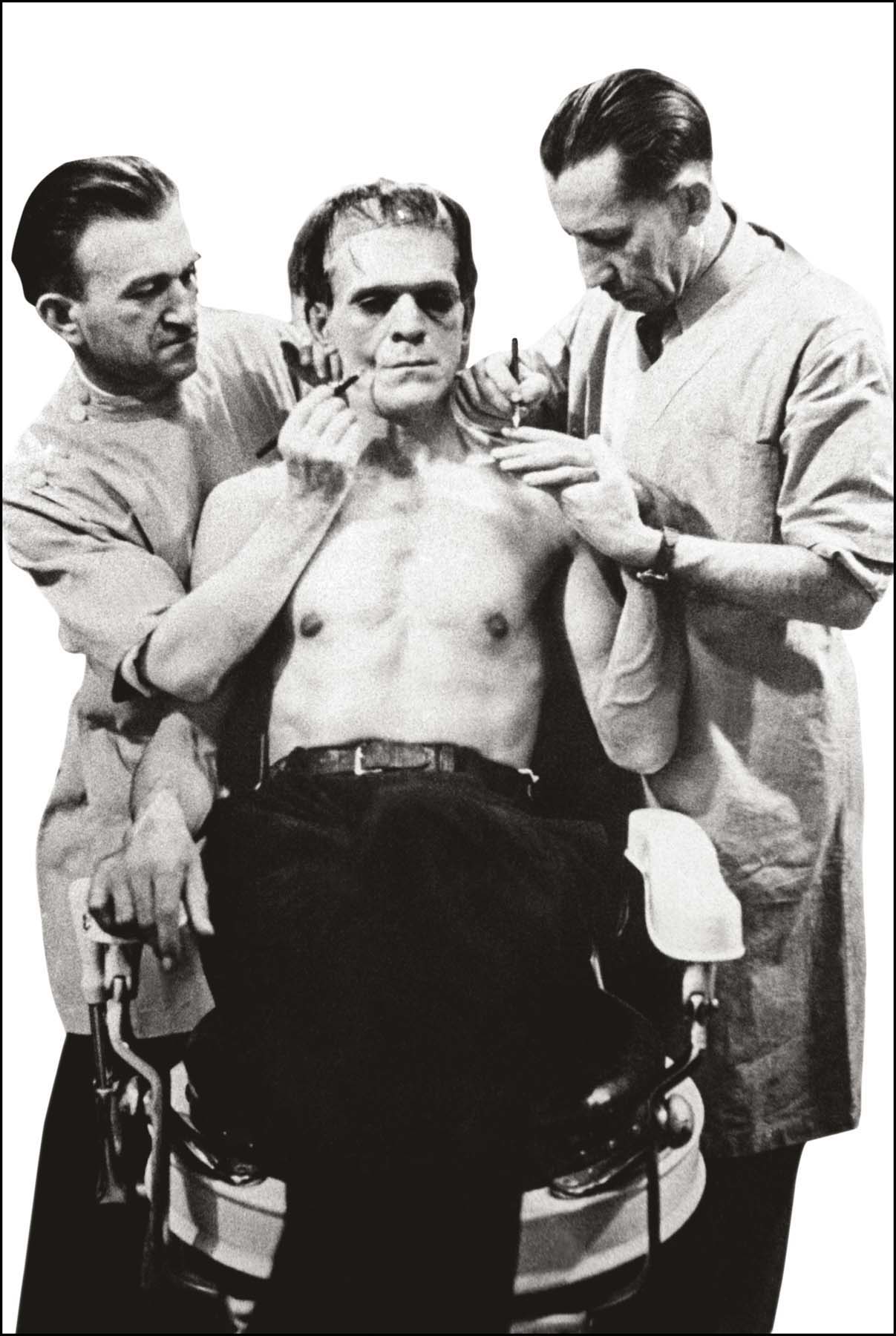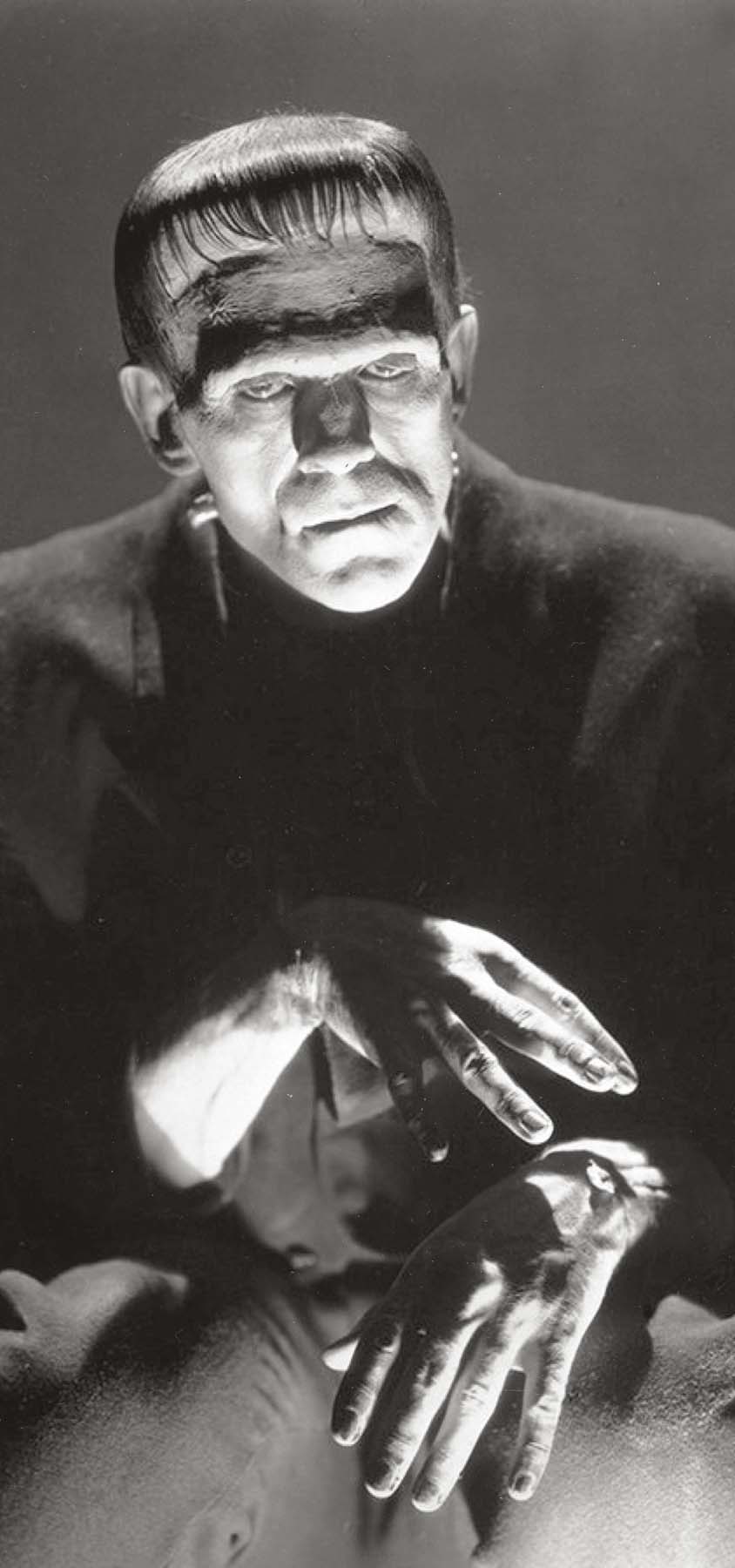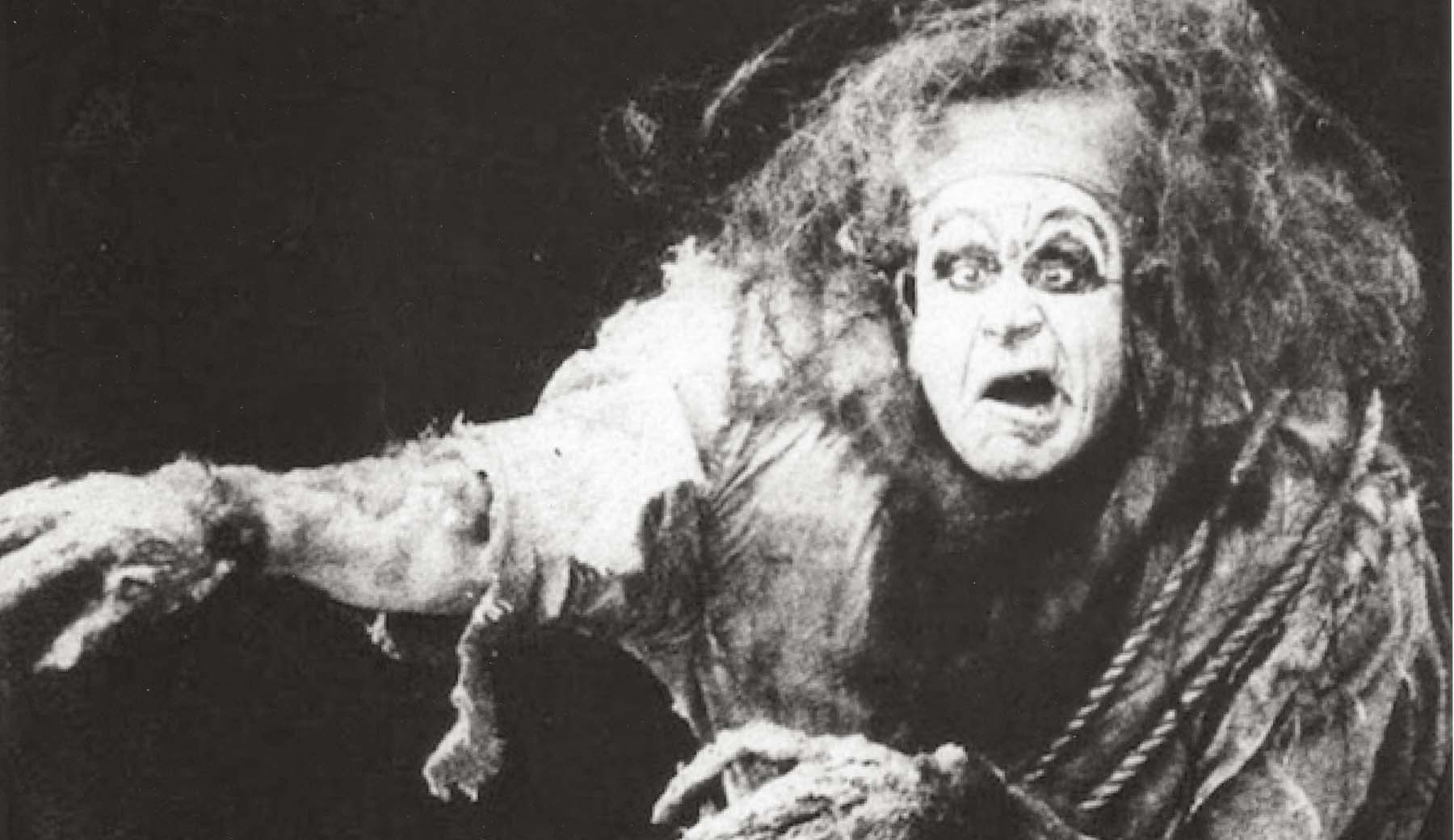The monster’s creation scene is arguably the single most famous sequence in any horror film—imitated, referenced, paid homage to, praised, and parodied in popular culture, almost to infinity. Kenneth Strickfaden’s crackling electrical gizmos, inspired by those of Nikola Tesla, defined for all time the visual essence of mad science. Bowing to complaints from religious groups, Clive’s “blasphemous” exhortation—“In the name of God, now I know what it feels like to be God!”—was cut from the original sound-on-film prints, but the audio was ultimately recovered from a synchronized sound disc (also used in many theaters in 1931), and it was restored by Universal Studios Home Video for the film’s first DVD release in 1999.
Another scene that caused a censorship uproar during the film’s first theatrical engagements (inspired by a scene in Balderston’s adaptation of Peggy Webling’s play) showed the monster accidentally drowning a young girl during an otherwise happy game of floating daisies on the surface of a lake. But the resulting “solution”—an abrupt cut of Karloff as he reaches out to the girl—unintentionally left audiences to imagine a still darker action.
Whale and Karloff joined forces again in 1935 for Bride of Frankenstein, a horror movie that is also a dazzling dark comedy and the jewel in the crown of Universal’s original monster cycle. The story is based on a sequence of events in the Shelley novel not used in the original film, wherein the monster demands a female companion. The monster, however, destroys the she-monster before she ever lives. In Whale’s film, the experiment is finished—complete with wedding bells at the end of the creation scene. But when Karloff presents himself to the bride—Elsa Lanchester in an unforgettably campy, electrified hairdo—she recoils, and the monster blows the laboratory sky-high.

Jack Pierce begins the transformation of Boris Karloff into the monster.
Karloff rose from the rubble to play the monster for Universal one last time, in 1939’s Son of Frankenstein, a visual ode to high German expressionism directed by Rowland V. Lee and costarring Basil Rathbone and Bela Lugosi. In Bride, the monster had been given a halting power of speech, to which Karloff had objected, strongly believing the pathos of the character resided in pantomime. Amid the stylized shadows of Son, Karloff ended his career as the monster in the expressionistic silence from which it had risen.

Boris Karloff in the most celebrated monster makeup of all time

Elsa Lanchester and Boris Karloff in Bride of Frankenstein
If you enjoyed Frankenstein (1931), you might also like:
FRANKENSTEIN
EDISON COMPANY, 1910
